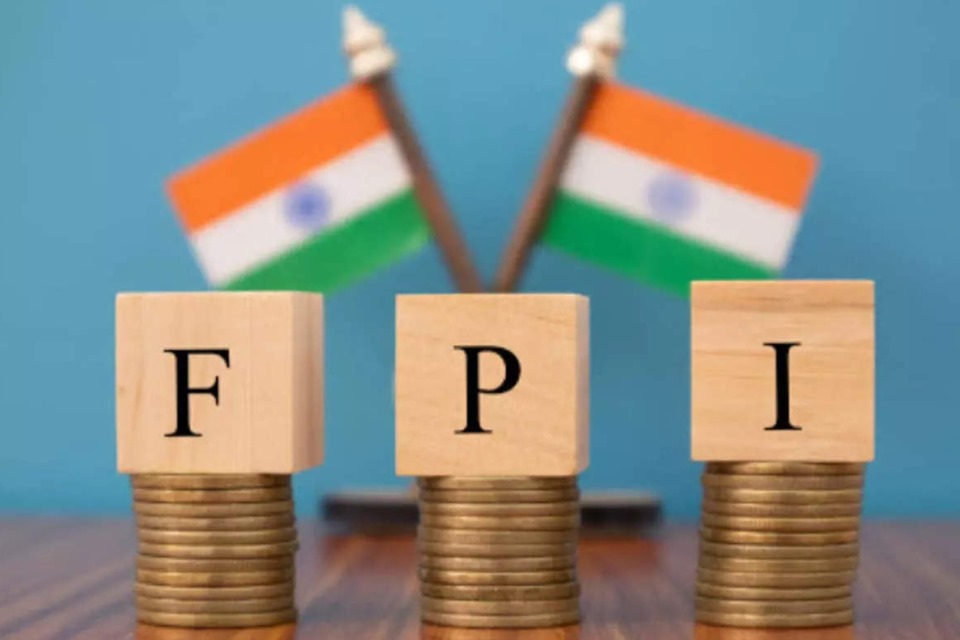In a remarkable turnaround, India is scripting an economic narrative that seems almost surreal – from the shackles of red tape to the embrace of a red carpet for investment. This tectonic shift is ushering in a new era of economic optimism and potential for a nation long burdened by bureaucracy. As the red tape recedes and the red carpet rolls, India stands at the precipice of transformational change.
For decades, investors and entrepreneurs looking to India faced a daunting labyrinth of regulations, permissions, and approvals – a suffocating web of red tape that stifled innovation, discouraged foreign direct investment, and dampened growth prospects. Today, the narrative has shifted dramatically. India, under the visionary leadership of policymakers, is boldly replacing bureaucratic inertia with proactive facilitation.
The red carpet for investment is not a mere metaphor; it’s a symbol of intent. It represents a nation that has realised the critical importance of embracing global capital, technology, and expertise. A nation that is keen to shed its bureaucratic baggage and demonstrate that it’s serious about becoming a business-friendly destination. This transformation is palpable in streamlined approval processes, digitised documentation, and a renewed focus on ease of doing business.
This metamorphosis is not just confined to policy papers. Real-world examples abound. Reforms in sectors such as manufacturing, infrastructure, and startups are tearing down archaic barriers and spurring investor interest. Landmark initiatives such as “Make in India,” “Startup India,” and “Atmanirbhar Bharat” are redefining India’s identity on the global economic canvas. They are transforming the country from being perceived as a land of red tape to a land of immense opportunities.
However, let’s not be swayed by the allure of catchy slogans alone. The transition from red tape to a red carpet is no cakewalk. The journey requires unwavering commitment to transparency, accountability, and systemic change. It demands the continuous vigilance to ensure that the red tape doesn’t creep back in, erasing the progress achieved. It necessitates reforms not just at the national level, but also within states, where investor experience often varies greatly.
Critics might argue that systemic change takes time and that the shift is merely cosmetic. However, history has shown that nations that have truly transformed their investment landscape have reaped substantial rewards. Look at Singapore, which overcame daunting odds to become a global financial hub, or more recently, countries like Estonia, which has digitised its governance to attract tech startups.
India’s tryst with the red carpet is a paradigm shift in the making. It’s an opportunity to change the narrative from being a bureaucratic behemoth to a responsive partner for global investors. Let’s remember that the journey has only just begun. The real test will be in sustaining the momentum, adapting to evolving market dynamics, and maintaining the resolve to uphold investor interests.
The transition from red tape to a red carpet for investment is an audacious move that deserves both applause and scrutiny. It’s a testament to India’s determination to break free from the constraints of bureaucracy and foster an environment where innovation, growth, and prosperity thrive. The red carpet is an invitation – to investors, entrepreneurs, and the world at large – to be part of India’s transformative journey. As the curtains rise on this new economic structure, let us watch closely, applaud sincerely, and hold stakeholders accountable for delivering on the promise of a brighter, red carpet future.




